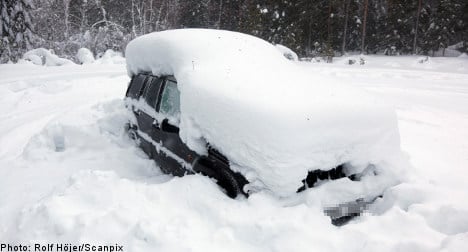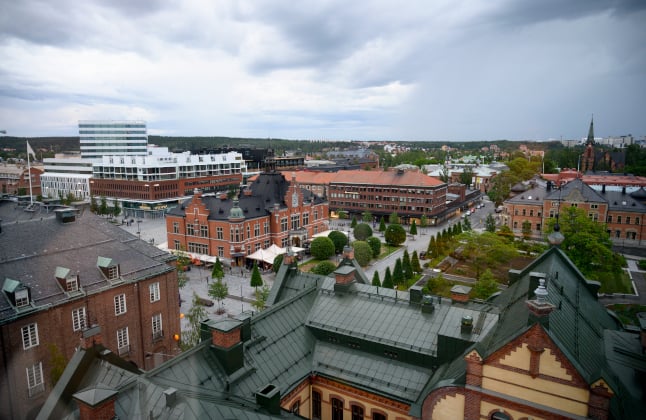“We want to explain who he is, how he ended up in this situation and how it was possible to survive under such extreme conditions,” said Discovery Channel producer Andy Dunn to daily Aftonbladet.
The channel has expressed keen interest in the story, and aims to delve into the man’s life before and during his experiences in the now world famous snow-covered Jeep.
”It’s an incredible story of survival,” he said.
The man, named in media reports as Peter Skyllberg, has captured the international media’s attention after allegedly surviving on only snow for 61 days. He was stranded in his car at the end of an unused path, behind a closed gate, and there were no traces of him having left the car.
Following Skyllberg’s rescue, more details have emerged about his precarious financial situation and how he hasn’t been on speaking terms with his family for decades.
A shopkeeper whose business isn’t far from where Skyllberg was found has also added to the mystery by recounted his interactions with the 44-year-old from last summer.
According to the shopkeeper, Skyllberg came into the store occasionally during the summer to stock up on fuel and food, suggesting the 44-year-old may have been living out of his car for longer than first thought.
When he was rescued from his snow-covered car, Skyllberg told police he had been living in his car since December 19th, surviving subzero temperatures by eating nothing other than snow.
Dunn told Aftonbladet that Skyllberg will probably not make an appearance in the documentary, which is planned to be an hour long television special.
Skyllberg has still not spoken to media since his discovery on February 17th.



 Please whitelist us to continue reading.
Please whitelist us to continue reading.
Member comments